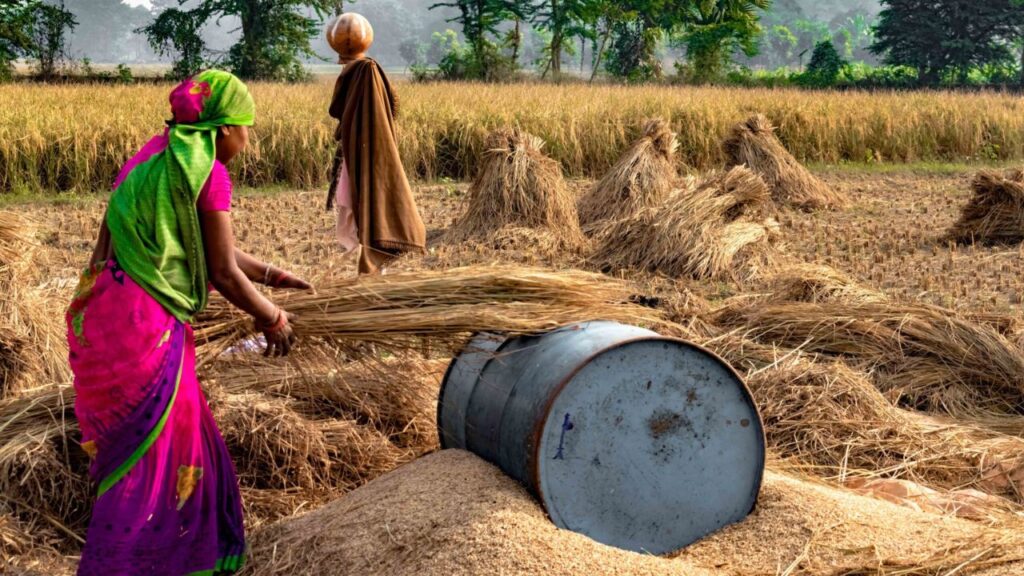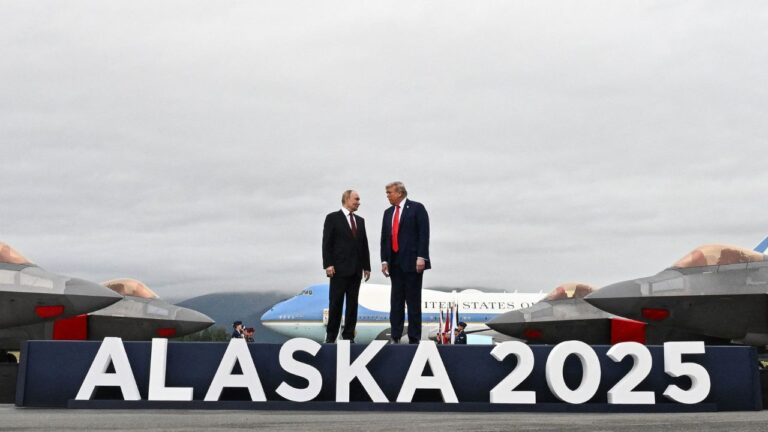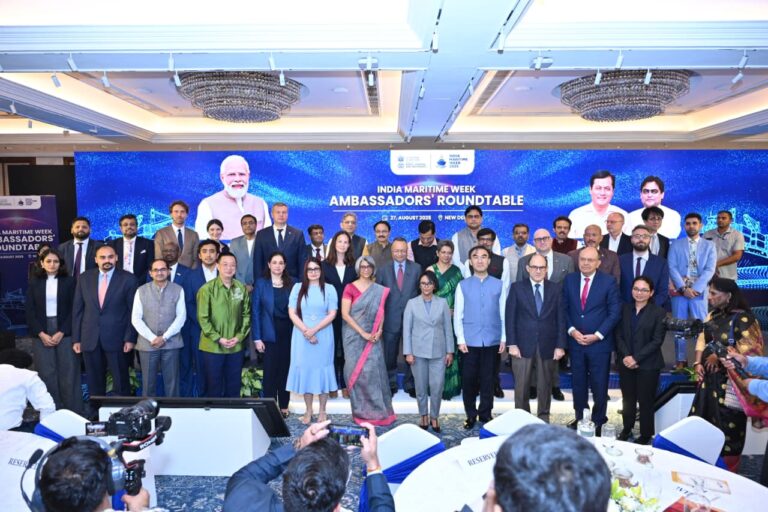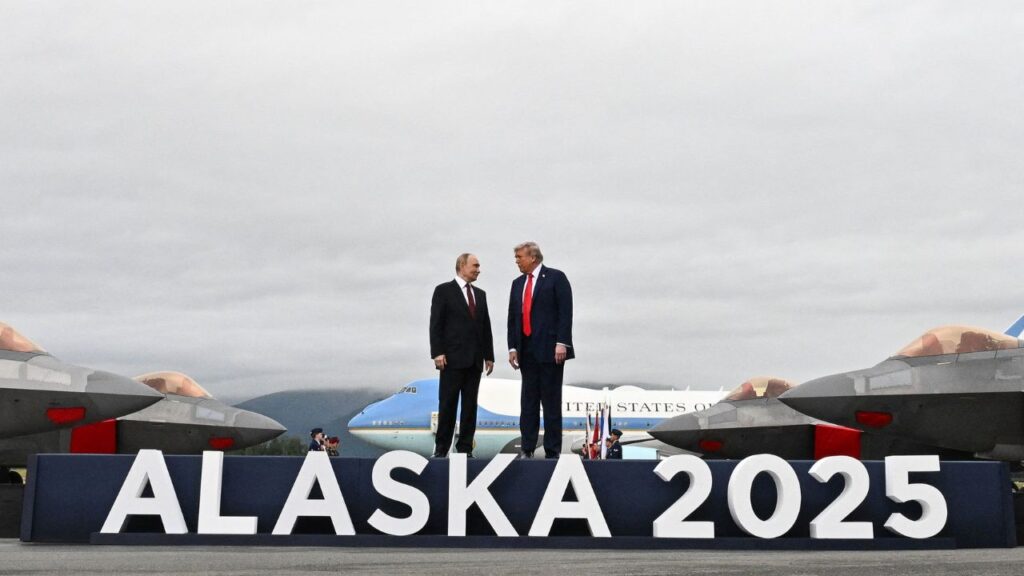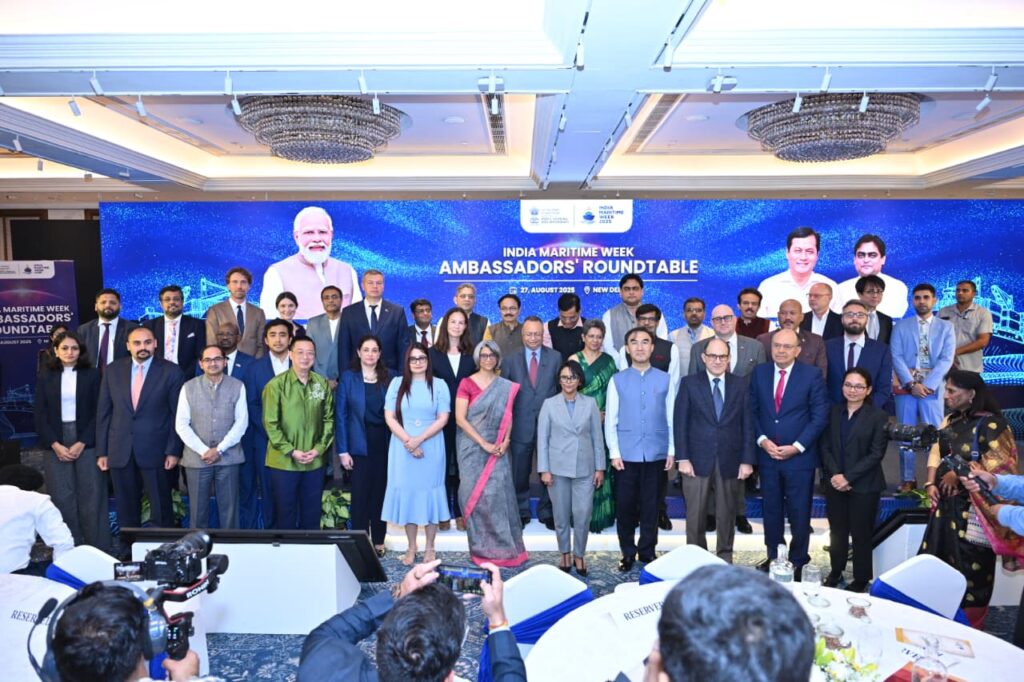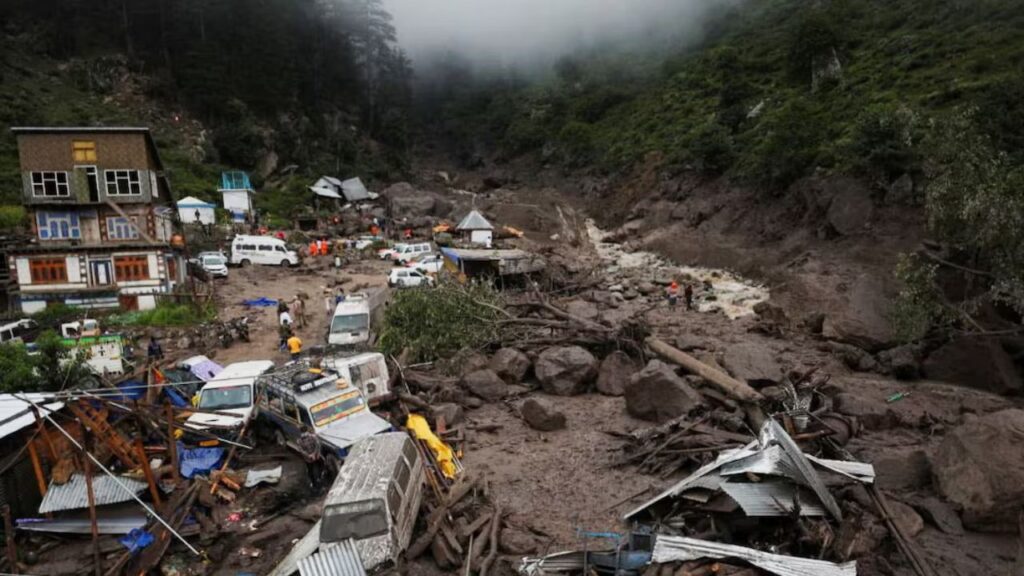Once reliant on food grain imports from the United States, India has transformed into a key architect of global food security in the 21st century. This journey reflects not only economic and scientific progress but also strategic agricultural diplomacy.
Since independence, India has prioritized public investment in agriculture, with milestones like the Green Revolution (1960s–70s) and the Rainbow Revolution (2000s) diversifying food security across food grains, fisheries, oilseeds, and animal husbandry.
Agricultural diplomacy—leveraging agriculture, food exports, and farm technology in foreign relations—extends beyond production and trade. It serves as a tool for humanitarian aid, climate action, and diplomatic influence in a fragmented world. While India’s achievements are globally recognized, a nuanced approach to multilateral and bilateral cooperation is essential to sustain its leadership.
India’s prominence in global food security was evident during its 2023 G20 presidency, which emphasized resilient and sustainable food systems through the Agriculture Working Group (AWG). Key outcomes included the establishment of the Global Biofuel Alliance and the adoption of the Deccan High-Level Principles on Food Security and Nutrition, reinforcing the need for international collaboration.
The Food and Agriculture Organization (FAO) has been a vital partner, collaborating with the National Bank for Agriculture and Rural Development (NABARD) to advance climate-resilient agriculture and providing technical assistance to maintain agricultural supply chains during the COVID-19 pandemic.
However, India’s relationship with the World Trade Organization (WTO) remains complex, as its domestic market protection policies, such as subsidies for farmers, often conflict with the WTO’s liberal trade objectives.
India’s agricultural diplomacy also thrives through bilateral aid and South-South cooperation. For instance, India has provided significant humanitarian assistance, including 50,000 tonnes of wheat to Afghanistan in 2022, 10,000 tonnes of rice and wheat to Myanmar in 2020, and food aid to Sri Lanka during its 2022 economic crisis. In Africa, India has supplied millions of tonnes of food aid to countries like Zimbabwe (2003, 2015) and Malawi, enhancing diplomatic ties.
Partnerships with Ukraine, the Indo-Israeli Agriculture Project (IIAP), the International Crops Research Institute for the Semi-Arid Tropics (ICRISAT), and the SAARC Agriculture Centre focus on technology transfer, research and development (R&D), and climate-smart solutions, strengthening India’s global agricultural influence.
The India-Africa partnership has gained momentum within the South-South cooperation framework, addressing shared challenges like climate change, limited infrastructure, and access to finance. Initiatives such as the India-Africa Institute of Agriculture and Rural Development (IAIARD), digital agri-tech collaborations, and joint research in climate-resilient crops exemplify this deepening relationship.
India’s engagements with the South Asian Association for Regional Cooperation (SAARC) and the Association of Southeast Asian Nations (ASEAN) prioritize agricultural innovation, improved practices, and R&D to tackle common regional challenges, as agriculture remains central to livelihoods and economies in these regions.
India’s agricultural collaboration with Latin America, particularly Argentina, is also significant. While no record exists of a landmark visit by Prime Minister Narendra Modi to Argentina in July 2025, India and Argentina have strengthened ties through agricultural trade and knowledge exchange.
Argentina’s expertise in conservation agriculture—practices like minimal soil disturbance, continuous soil cover, crop rotation, and integrated pest and nutrient management—offers valuable lessons for India’s sustainable farming efforts.
Despite its global leadership, India faces domestic and international challenges. Increased agricultural productivity is overshadowed by inequities, ecological strains, and farmer protests, such as those in 2020–21 over farm laws. Addressing these issues is critical to bolstering India’s credibility as a food security leader while ensuring equitable prosperity at home.
Globally, non-tariff barriers, including stringent sanitary and phytosanitary measures imposed by developed countries, hinder India’s exports of fruits, vegetables, and spices. Heavy agricultural subsidies in OECD countries, which reached $812 billion in 2022 according to OECD data, make Indian products less competitive. Additionally, India’s protective policies, such as minimum support prices, face scrutiny at the WTO, complicating trade negotiations.
India remains a beacon of global food security cooperation despite internal and external pressures. To sustain its leadership, India must prioritize monitoring and evaluation, invest in technologies to enhance productivity, improve irrigation systems, and promote soil health.
Establishing a regional food grid in South Asia, endorsing climate-smart technologies, and leveraging agricultural policy as a geopolitical strategy can further stabilize diplomatic relations. By balancing domestic priorities with global ambitions, India can continue to shape a resilient and equitable food security landscape.


